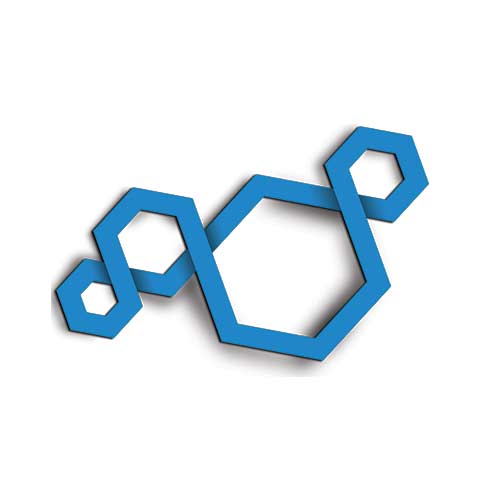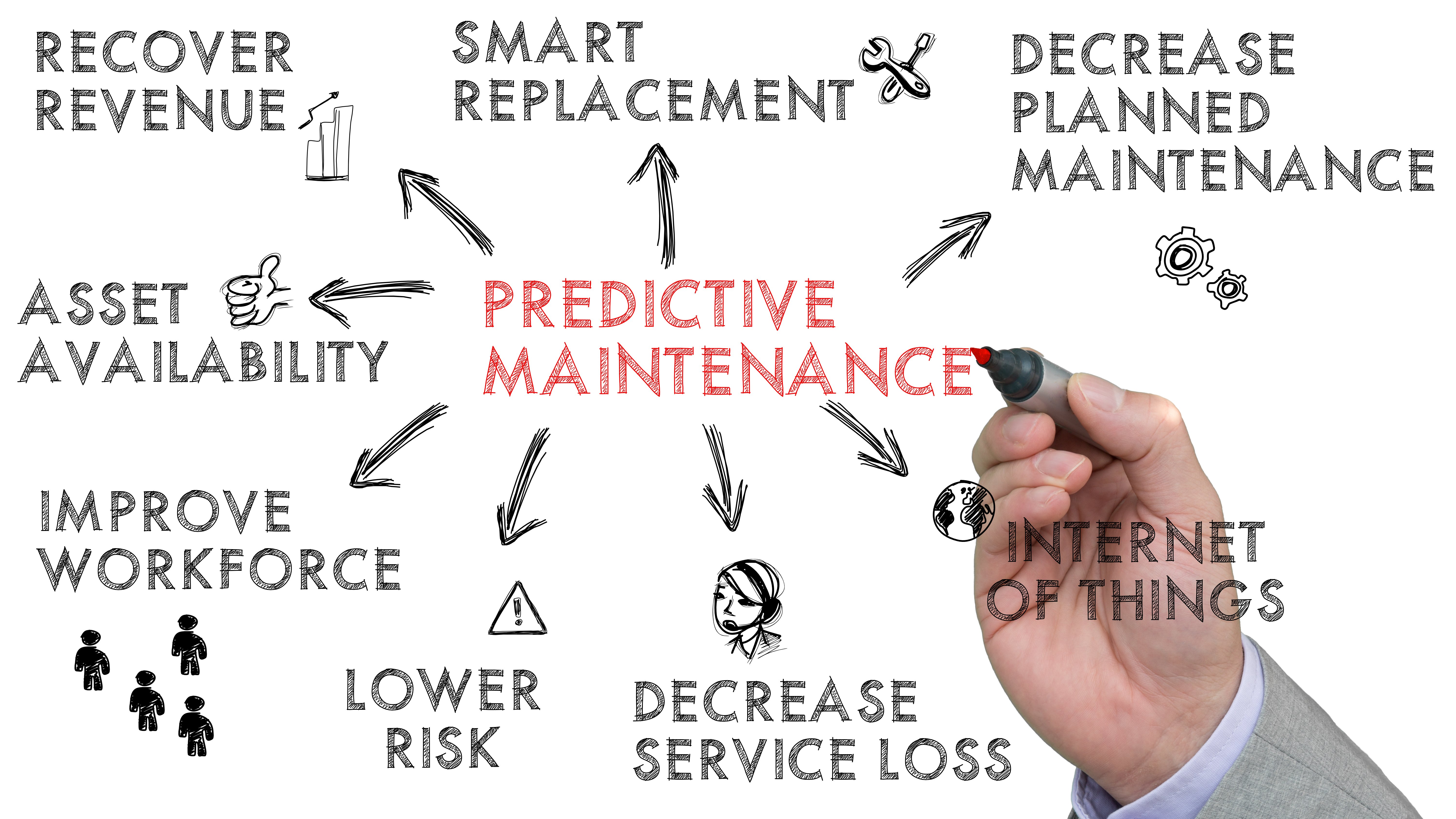5 Ways to Improve Field Service Supply Chain Management
The recent global pandemic, geopolitical events, and changing economic landscape are impacting field service supply chain management in a myriad of...
7 min read
 ServicePower
:
November 26, 2024
ServicePower
:
November 26, 2024

Unexpected equipment failure and the resulting repairs cost field service management teams a great deal. For every machine that breaks down, idle times can reach up to 800 non-productive hours per year. Malfunctions interrupt projects, cause delays, and reduce customer satisfaction. To protect your bottom line and maintain your competitive edge, you need a way to reduce the frequency of equipment failures and ensure your teams have what they need to get the job done.
This is where predictive maintenance software with analytics comes in. According to the U.S. Department of Energy, predictive maintenance can deliver an average of 10 times return on investment, a 25 to 30% reduction in maintenance costs, and a 70 to 75% elimination of breakdowns. If you're curious to know how predictive analytics can achieve so much, keep reading. This guide has the facts you need to know about predictive maintenance analytics in field service management and what it can do for your business.
Predictive maintenance analytics processes data in machine learning algorithms to extract insights for forecasting equipment failures and informing maintenance schedules. These systems produce highly accurate predictions using sensor information, historical maintenance records, and operational data.
IoT devices like smart gauges and temperature sensors are valuable as data sources for predictive maintenance. With real-time updates on machine status for variables like pressure, vibration, and temperature, these systems can deliver an accurate picture of the current state of each machine as well as the probability of repairs being required in the near future. With high-quality data, predictive maintenance analytics software can detect anomalies with great precision and recommend repairs before the risk of complete equipment failure is realized.
Predictive maintenance analytics is a key tool that you can use to optimize your operations, reduce costs, and enhance customer satisfaction. This software specifically creates tangible value for your organization by:
Predictive maintenance analytics is only one of three different types of maintenance. Understanding the differences between these three approaches is important for knowing which is ideally suited to the needs of your field service management team. Here’s a breakdown of predictive maintenance analytics, vs. traditional reactive maintenance, vs. scheduled maintenance:
|
Domains of Comparison |
Traditional Reactive Maintenance |
Scheduled Maintenance |
Predictive Maintenance Analytics |
|
Timing of Maintenance |
|
|
|
|
Cost-Effectiveness |
|
|
|
|
Downtime Impact |
|
|
|
|
Resource Usage |
|
|
|
|
Data Requirements |
|
|
|
|
Technology Dependency |
|
|
|
|
Scalability |
|
|
|
|
Customer Satisfaction Impact |
|
|
|
|
Long-Term Equipment Health |
|
|
|
As the chart above shows, predictive maintenance analytics has the power to completely transform your field service operations for the better. However, successful implementation is not as simple as switching on a tool. To build a truly accurate and effective predictive maintenance program within your business, it’s crucial to take a careful, phased approach. Start with these steps:
Kicking off your predictive maintenance program with an assessment of your current maintenance practices is key for identifying where your processes are working and where they are not. You can also use this to take stock of the technology you currently use, such as the types of IoT devices and sensors you may have at your disposal. It’s also important to identify which equipment and machines are most critical to your field service operations. For example, you may wish to prioritize your mobility service vehicles for predictive maintenance over lesser systems like non-essential office equipment.
Objectives and KPIs are critical for measuring the success of any program. For predictive maintenance, some objectives you might set include: minimize unplanned downtime by 25%, improve customer satisfaction scores by 20% by reducing service appointment cancellations, and achieve a 15% reduction in annual maintenance costs for field equipment and vehicles.
With your plan in place, select appropriate sensors, IoT devices, and predictive maintenance software. The technology you choose will depend heavily on your own needs and equipment. However, there are a few considerations to help guide your investment decisions. These include:
Predictive maintenance analytics requires data to make effective predictions. Gather relevant data from various sources including your sensors, historical records, and operational logs. Create a centralized database where this data can be stored, analyzed, and accessed by your predictive maintenance tools. It’s also important to ensure that this data is cleaned before it is fed into any machine learning models. Use the right software tools to correct errors and eliminate duplicates.
Using highly accurate predictive models is vital if you want your maintenance program to be successful. Most predictive analytics software offers pre-built models, but these can be honed and refined over time using customization options. Tweaking the settings of your platform as real-world situations demonstrate its utility strengthens its ability to support predictive maintenance.
Of course, your new system will only be successful if it is actually put to use. Educate your technicians and managers on using the new system and interpreting its results. You are likely to meet resistance to change, especially if your staff are accustomed to traditional methods. Make sure you communicate the benefits clearly, get everyone involved early, and provide hands-on, interactive training. These are ways you can effectively communicate the benefits of using your new system, so that it can actually create value and deliver an ROI.
Integrating your predictive maintenance analytics with your current field service management tools can be complicated, but also delivers real benefits. For example, when a predictive maintenance system is integrated with scheduling software, it can automatically update the schedule to assign a technician to the task, minimizing delays and ensuring timely interventions. Data from your inventory management systems can feed into your predictive maintenance system so that you always have the parts you need for any maintenance task.
Even with the right data and strong integrations, it’s still important to monitor your predictive maintenance software and overall system to ensure it delivers accurate predictions and actionable insights. Keep a close eye on your KPIs like equipment downtime and maintenance costs. Conduct a system review on a regular basis to identify opportunities for optimization and fine-tuning.
Predictive maintenance is, by far, the best method for maintaining your fixed assets and reducing equipment downtime and preventing machine failure. It’s the only way to go from a reactive to a proactive approach to maintenance. Using the power of data, predictive maintenance software is able to automatically detect when equipment will call for repairs, the technicians required, and the parts they will need. With these insights, you can ensure that your equipment gets the service it requires before a catastrophic failure interrupts your operations.
However, predictive maintenance analytics will only go so far unless there's integration with other field service operations tools. For example, without a field service management solution, you can’t automatically schedule technicians to address maintenance issues. This is where ServicePower comes in.
ServicePower lets you efficiently alert, inform, and deploy field service technicians to address maintenance needs flagged by your predictive analytics system. Our solution eliminates the headaches of managing service teams and helps you provide better customer service.
Here are some of the many features you can count on with the ServicePower platform:
Don't just react to service needs; discover how you can anticipate and exceed them with ServicePower by booking a demo.

The recent global pandemic, geopolitical events, and changing economic landscape are impacting field service supply chain management in a myriad of...

Repairing and maintaining food service equipment is a notoriously difficult and expensive task. Restaurants in the U.S. lose $46 billion every year...

There are many different types of maintenance in the field service industry. Two of the most frequently used are preventive maintenance and...